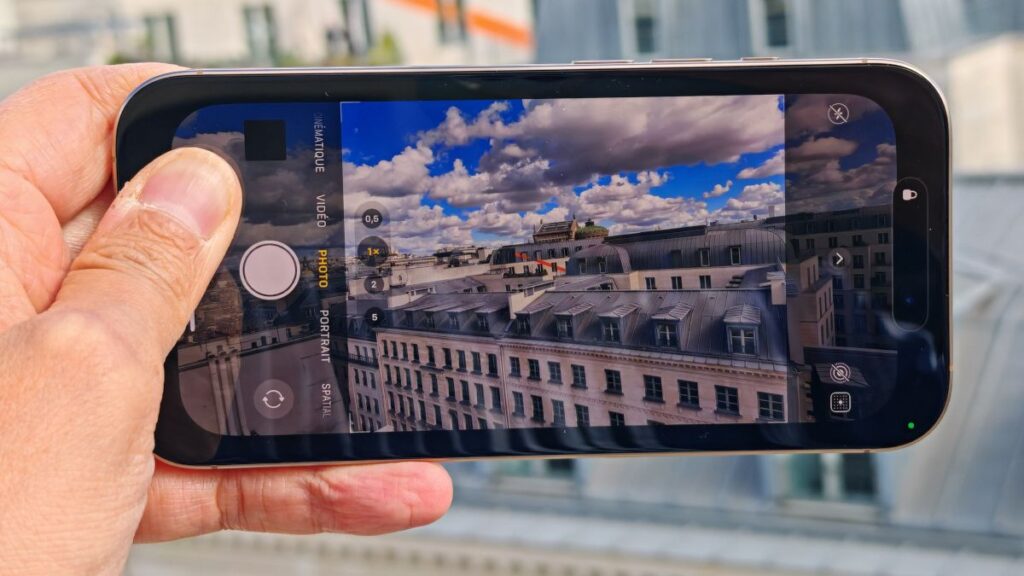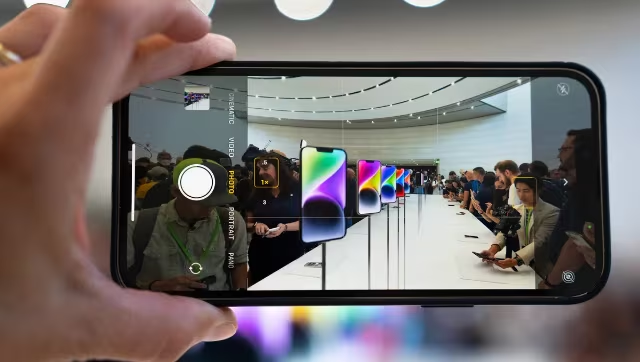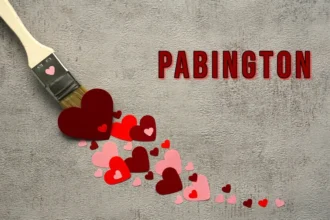Introduction to CDiPhone
In today’s world, where technology is cdiphone constantly evolving, hybrid gadgets are gaining popularity. One term that has recently started surfacing in online communities is “CDiPhone.” Although the name itself suggests a blend of classic and modern audio technology—“CD” referencing compact discs and “iPhone” hinting at Apple’s signature smartphone—the reality of what CDiPhone represents remains speculative and emerging. Whether it is a concept, an experimental project, or a new category of devices, one thing is clear: CDiPhone stirs curiosity.
The name alone implies a fusion of retro tech with cutting-edge mobile innovation. For decades, CDs were the standard for audio quality, and now we live in a world of wireless streaming, digital downloads, and ultra-smartphones. So, is CDiPhone a nostalgia-driven concept? A revolutionary music-focused phone? Or a creative expression of merging old-school and new-age functionality? This article explores all these aspects and more.
Let’s unpack what CDiPhone could be, how it fits into modern tech trends, and whether there’s any potential behind this hybrid tech buzzword.
The Origins of CDiPhone: A Concept or a Hidden Gem?
The keyword CDiPhone doesn’t yet point to a mainstream product by Apple or any other major manufacturer, but it has emerged in discussions around conceptual gadgets and next-gen audio systems. Some tech enthusiasts use the term to describe DIY projects combining CD-playing hardware with smartphone features. Others speculate it may be a startup idea or a product in stealth development.
The retro-tech trend is gaining popularity, particularly among audiophiles and digital minimalists. Devices that once seemed obsolete—like cassette players and vinyl turntables—are making a big comeback. CDs, with their crystal-clear audio and tangible format, are experiencing a slow but steady revival, especially among collectors and music lovers who value ownership over streaming.
In this context, CDiPhone could represent a symbolic or literal return to high-quality, physical audio formats—merged with modern-day convenience. Maybe it’s a smartphone with a built-in CD reader. Or perhaps a Bluetooth CD player that pairs exclusively with iPhones. While speculative, the name sparks plenty of possibilities.

CD and iPhone: A Strange Pair or a Genius Fusion?
At first glance, CDiPhone combining a CD player with an iPhone might sound odd. Why would anyone want to go back to bulky discs when everything is stored digitally or streamed via the cloud? But the answer lies in sound quality and user experience. CDs offer lossless, uncompressed audio, which streaming platforms—even the best ones—still struggle to match.
The iPhone, on the other hand, represents sleek modernity. With every new version, Apple removes physical components (remember the headphone jack?) and leans into minimalism. So, a fusion of CD and iPhone would essentially be combining the analog richness of past technology with the processing power, user interface, and connectivity of the present.
In some ways, CDiPhone could be Apple’s answer to audiophile demands. Imagine a phone that includes a slot for CDs or integrates directly with external optical drives through USB-C or Lightning. It would appeal to collectors, musicians, and nostalgic users—especially those who miss the physical experience of handling music.
Potential Applications: What Could CDiPhone Do?
If CDiPhone were to become a real product or service, what would its main uses be? Let’s imagine the functionality such a hybrid device could offer:
- High-Fidelity Playback: Direct CD playback with minimal digital conversion for audiophile-level sound.
- CD Ripping on the Go: Built-in software that lets users convert CDs to lossless digital formats instantly.
- Mobile DJing or Sampling: Great for musicians and producers who work with legacy audio formats and want fast mobile access.
- Digital + Physical Library Syncing: Sync your iTunes/Apple Music library with your physical collection seamlessly.
- Niche Media Player: A stylish all-in-one device for those who enjoy physical media but also want access to streaming.
These applications would set CDiPhone apart from any standard phone or music player. It could be a game-changer for people who value both high-tech convenience and tangible music experiences.
Market Demand: Is There a Real Audience for CDiPhone?
You might be wondering, is there even a market for a device like CDiPhone? Surprisingly, yes.
Several consumer segments would find such a hybrid useful. Audiophiles, collectors, musicians, and even retro-tech enthusiasts are already creating makeshift setups that blend new and old technology. For these users, the integration of physical formats with modern devices isn’t a gimmick—it’s a necessity.
Furthermore, in a world where digital clutter is becoming overwhelming, many people are going back to tactile media for simplicity and emotional satisfaction. Holding a CD, reading its booklet, or even just loading it into a device creates a kind of ritual. That experience simply doesn’t exist in the world of playlists and cloud libraries.
Add to that the growing demand for off-the-grid listening options, and CDiPhone becomes even more appealing. Whether on a road trip or in areas with poor connectivity, having a physical media option could be not just nostalgic, but practical.
Design Possibilities: What Could CDiPhone Look Like?
If CDiPhone were a real product, its design would be key. It would need to honor the clean aesthetic of the iPhone while accommodating the mechanical needs of a CD player.
Some possibilities include:
- A detachable CD module that magnetically attaches to the back of the phone.
- A foldable or dual-screen design where one half holds the CD drive.
- An all-in-one media phone that includes advanced DAC (Digital-to-Analog Converter), stereo speakers, and a front-loading CD slot.
- Smart integration with Apple Music, letting you scan CDs for digital matches and cloud storage.
Of course, designing a sleek and thin phone with CD functionality would be challenging—but not impossible. Advances in optical drive miniaturization could allow for such hybrid designs.
Challenges and Limitations: Why CDiPhone Might Stay a Concept
Despite its cool potential, there are plenty of hurdles that might prevent CDiPhone from becoming a mainstream product.
- Physical Limitations: CD drives are large and mechanical—completely opposite to the direction in which smartphones are heading.
- Low Mass Appeal: Most users are content with streaming. Only a niche audience would buy into a CD-smartphone hybrid.
- Manufacturing Costs: Adding optical drives and quality DACs could raise the price significantly, making it a tough sell.
- Durability and Design Conflicts: More moving parts mean more chances of failure, which is a big red flag in smartphone design.
Because of these reasons, CDiPhone might remain in the realm of concept art, DIY projects, or limited edition boutique products rather than a full-blown Apple release.
The Cultural Impact: Nostalgia in a Digital World
Even if CDiPhone never becomes a real device, the idea itself has cultural value. It represents a growing longing for nostalgia in the digital age—a desire to reconnect with how we used to experience music. Physical formats, like CDs and vinyl, add emotion and meaning to the act of listening. They tell a story, offer tangible ownership, and sometimes even serve as collectibles.
CDiPhone could represent a cultural bridge between analog past and digital future. It prompts important questions: Should all our media become ephemeral? Can technology evolve while still respecting what came before?
Even if it never hits shelves, CDiPhone opens the door for brands and creators to think differently about media devices.
Conclusion:
While CDiPhone may not be real today, the concept behind it carries potential and imagination. It symbolizes the kind of thinking that can disrupt markets and revive forgotten technologies in a modern context. Whether it’s a smartphone with a built-in CD player, a modular audio add-on, or simply a cool branding concept, CDiPhone reminds us that sometimes, looking back can push innovation forward.
As we continue to chase innovation, we shouldn’t forget the value of the technologies we’ve left behind. Maybe the CD isn’t dead. Maybe smartphones haven’t peaked. And maybe, just maybe, there’s a future where something like the CDiPhone finds its place.





